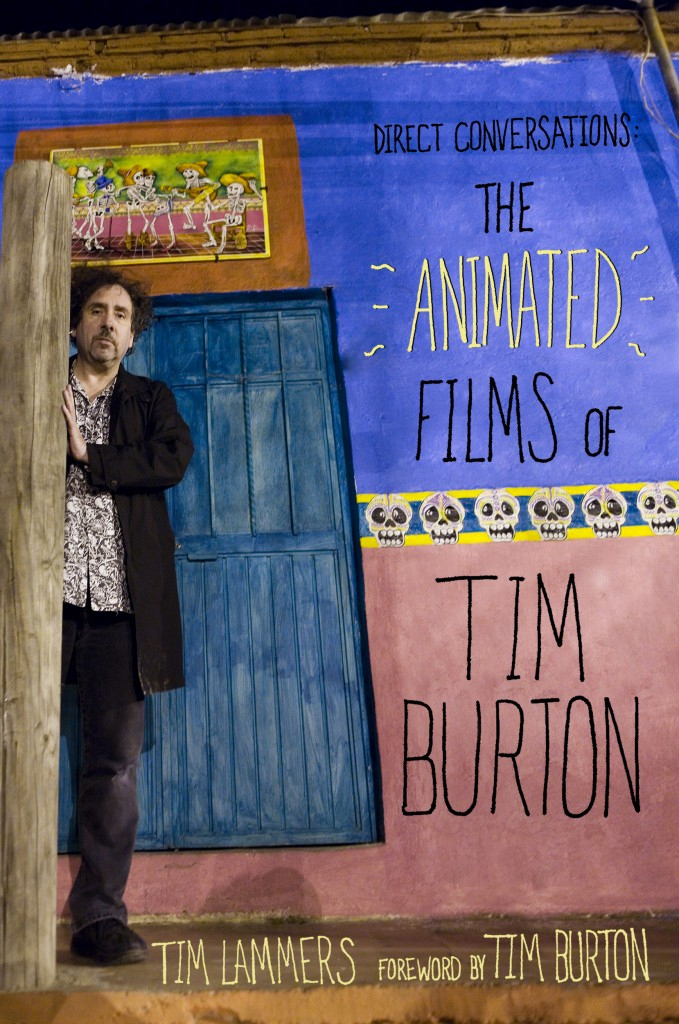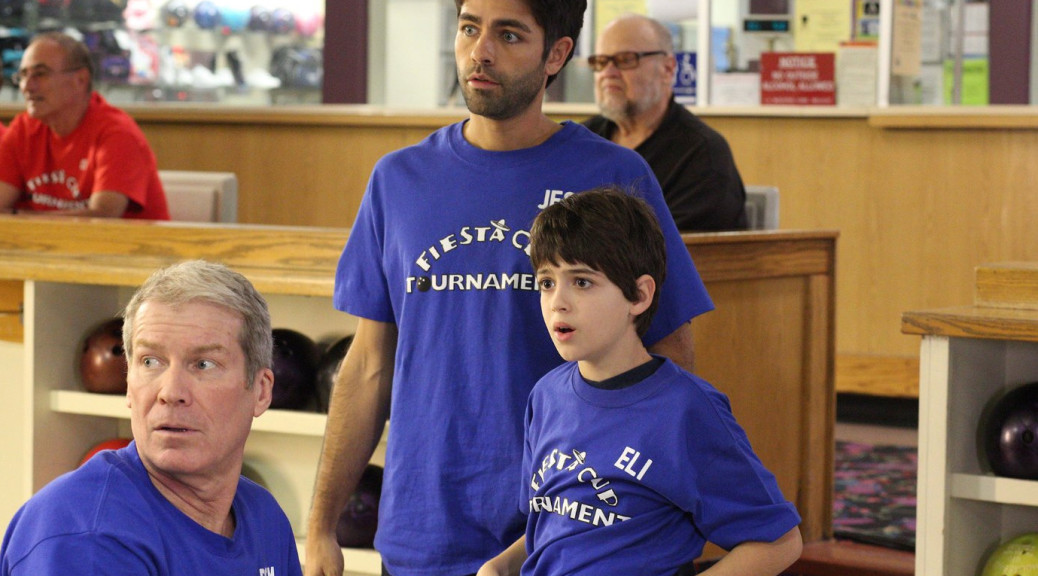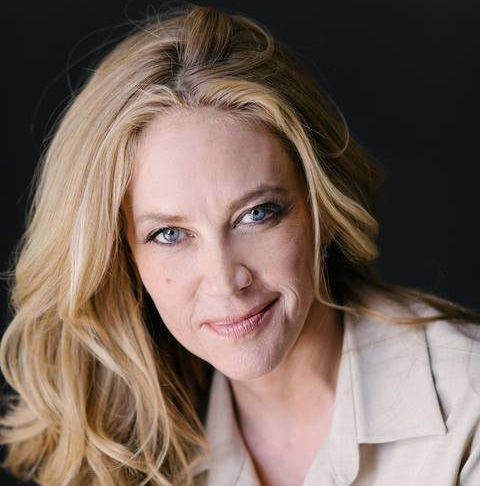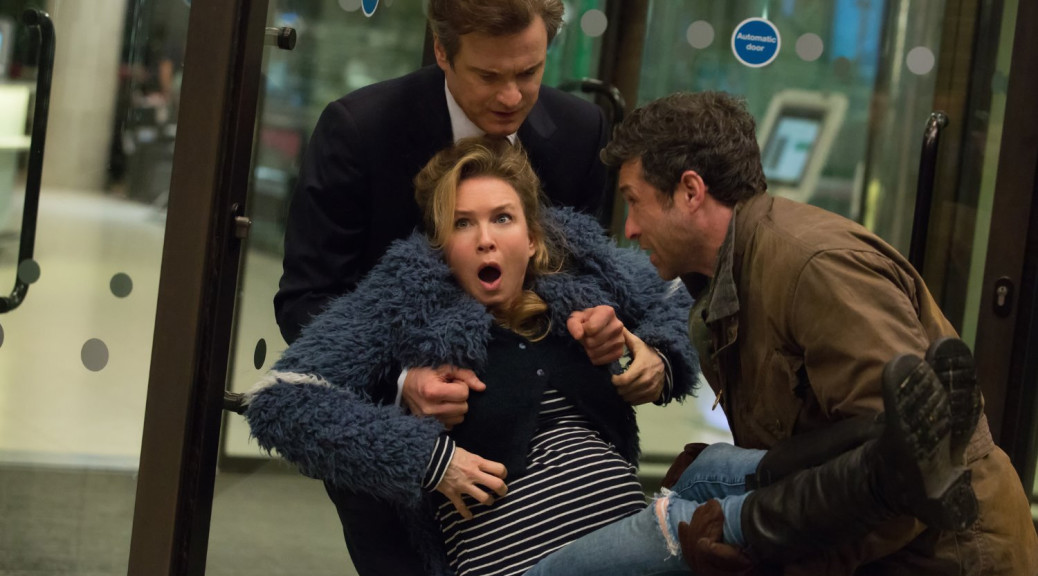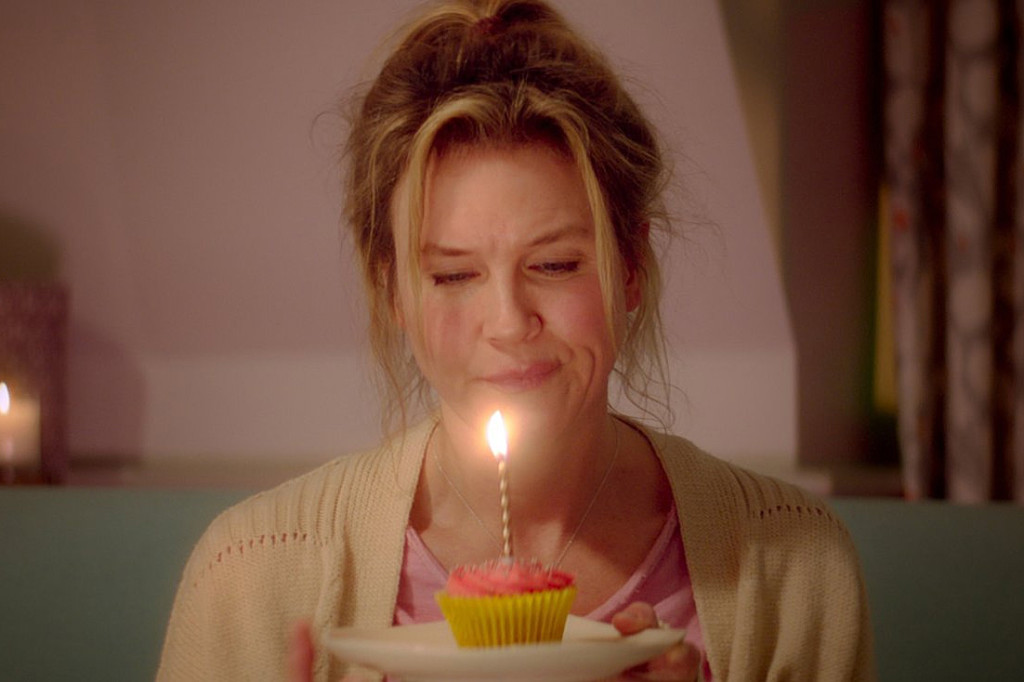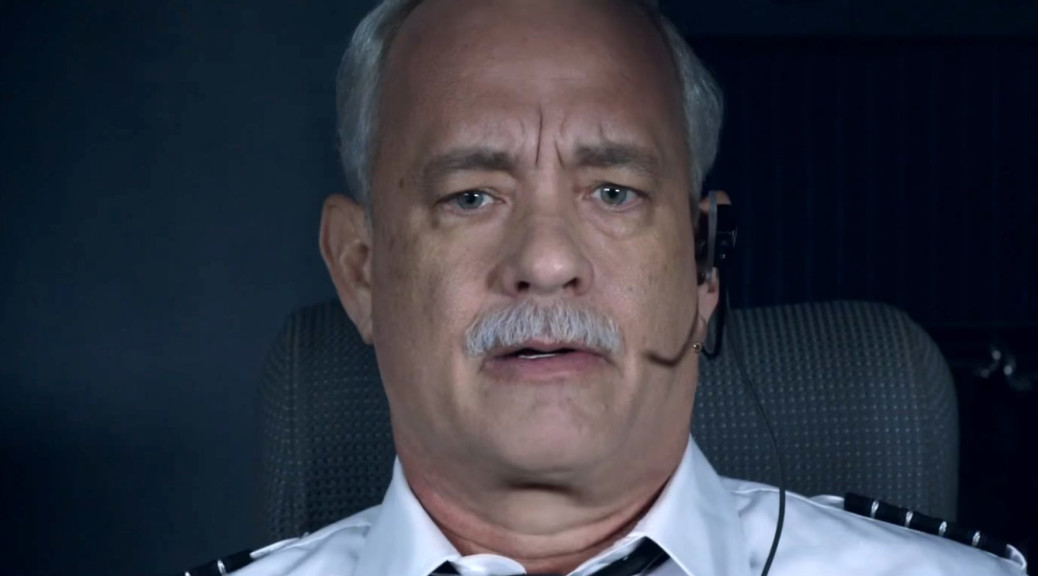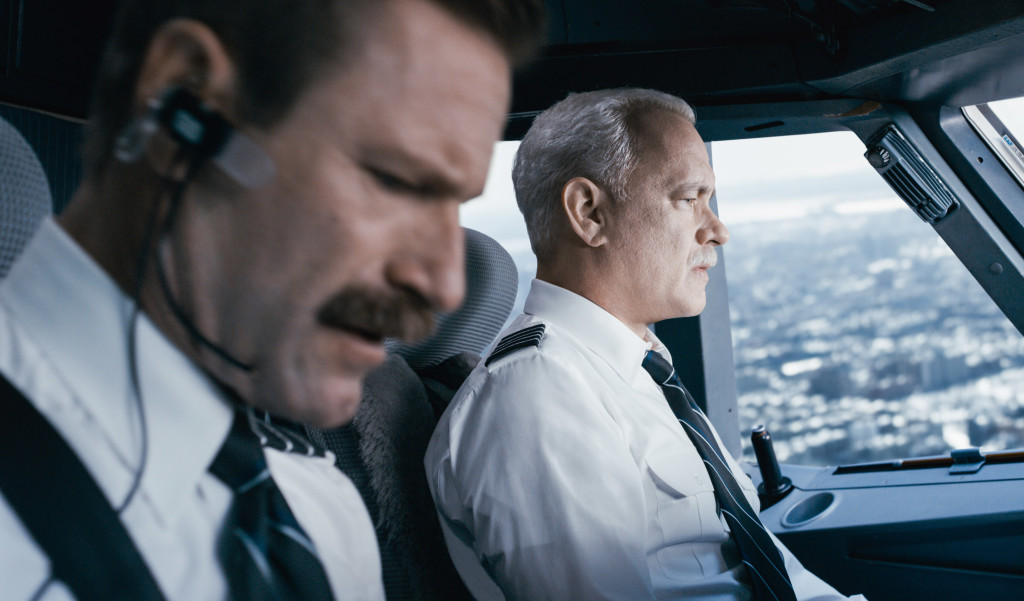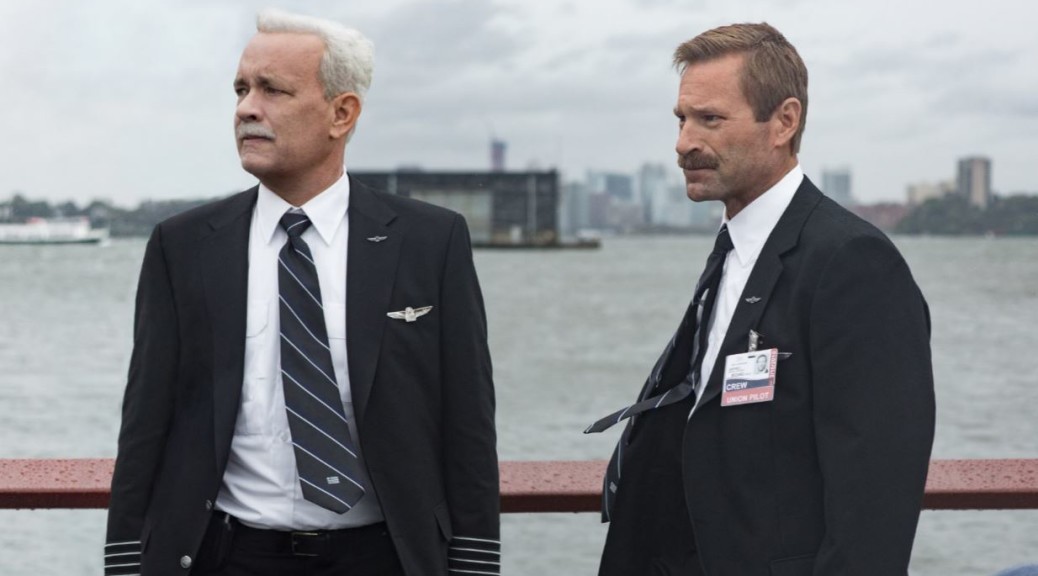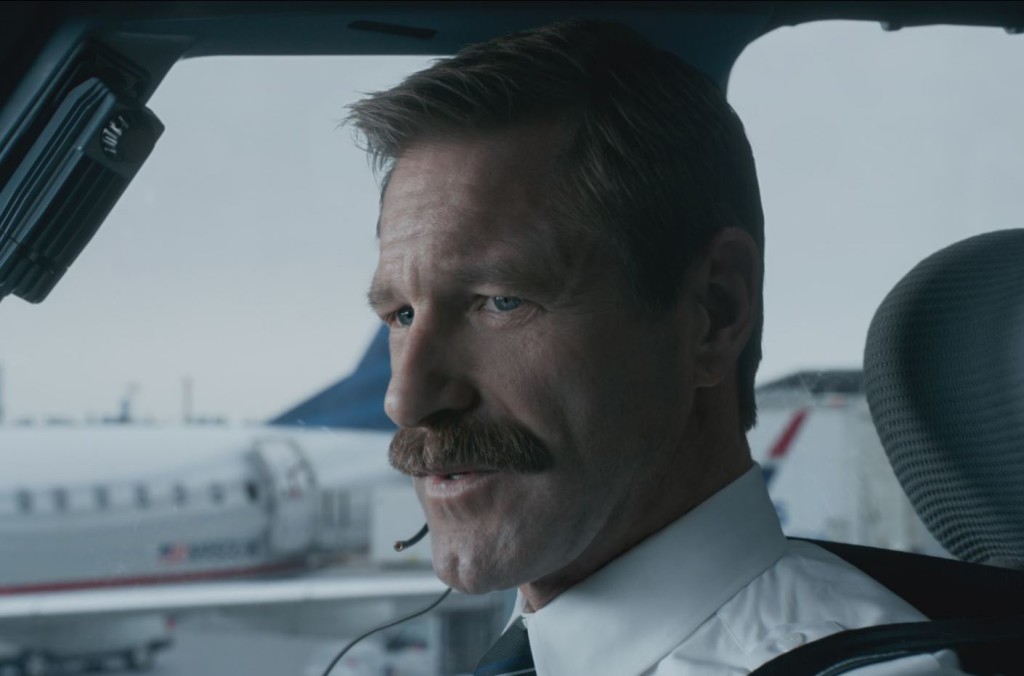They’re three words that rarely exist in the same sentence, much less in a movie title — yet actor-turned-director Ally Walker has found a way for “Sex, Death and Bowling” to come together in perfect harmony.
Walker, whose numerous acting credits over her nearly-three decades-long career include such hit shows as “Santa Barbara,” “Profiler,” “Sons of Anarchy” and most recently, “Colony” and “Longmire,” also wrote the family comedy drama, which is new on Netflix, Amazon and iTunes.
“Sex, Death and Bowling” surrounds the answers about death an 11-year-old boy, Eli (Joshua Rush), seeks as his father, Iraq War veteran, Rick (Bailey Chase), fights cancer in hospice in his final days. With Rick’s death imminent, his estranged brother and famous fashion designer, Sean (Adrian Grenier) returns to their small home town. His welcome is met with resistance by the brothers’ father (Daniel Hugh Kelly), who has never been able to accept the fact that Sean is gay.
Looming throughout the film is an annual bowling tournament that, as it turns out, is about more than pride. “Sex, Death and Bowling” also stars Selma Blair, Melora Walters, Mary Lynn Rajskub, Drew Powell and Drea de Matteo.
Follow Tim Lammers on Twitter and Facebook
There’s no question Walker’s heart is behind the passion of her feature directorial debut, a soulful family drama that confronts some very difficult subjects, including terminal cancer, strife within families and the acceptance of family members for who they are – not the way you want them to be.
“It really is a film a hope. I lost quite a few people, mainly to cancer, all around the same time. I was helping people die, including my father, my best friend and my sister-in-law, ” Walker said in a recent phone conversation from Los Angeles. “The statistics of people getting cancer in this country are staggering, and I began thinking, ‘Nobody talks about it, everybody’s afraid of it, and people really run from other people with cancer many times.’ Except for family, nobody really wants to deal with it. It’s almost as if they’re afraid they’ll catch it.”
Much like Eli in the film — a boy obsessed with what happens to people after they die – Walker said it was her own three sons’ reactions to death around the crucial time in her life that helped inform the narrative of her film.
“My little boys were very young at the age this happened – 2007 through 2009 – and they asked me ‘Where’s Pa (Walker’s father) going?’ So I started watching how people reacted to death,” Walker recalled. “Children are very honest, so through Eli’s eyes in telling this story, we get to see how people react. Eli just wanted to know where they went and when he’d see them again. It was an amazing journey for me to write about everything I had seen.”
Ultimately, Walker said, “Sex, Death and Bowling” is a story that people will relate to because it’s about all of us.
“At the end of the day you have to love the people you love and be happy,” Walker observed. “It’s a very simple story, but these are very complex people. I just found that the movie was a love letter to all the people in my life that I had lost.”
Still very much a part of Walker’s life is the person she based Sean on — fashion designer-turned-filmmaker Tom Ford — and an encounter with him galvanized the idea of where Grenier’s character became a vital part of the narrative.
“I went to school with Tom Ford in Santa Fe, and that’s where that character played by Adrian, comes from,” said Walker, who grew up in New Mexico. “I ran into Tom around the time I was helping people die, and dealing with my children’s reaction to it, and I remembered Tom as a 14-year-old. A few of us girls knew he was gay. He was gorgeous and we were swooning over him, but we knew. I thought, ‘What must that be like to have that secret and be careful who you tell and not tell everybody?’
“Then I thought, ‘If you’re dying of cancer, you don’t really give a s— if he’s gay or not. If you’re dying, you’re probably wondering, ‘Why do I care if somebody’s gay or not? What does it matter who somebody loves?'” Walker, 55, added. “So I started looking at how petty everything was. I think that’s what gets me — we live in a very petty society now. It’s ‘Look at me! Look at me! Look at my selfie!’ Don’t we want to aspire to something like, ‘Let’s connect. Let’s be there for each other. Let’s do the right thing and love everybody.'”
Walker said she knows that viewpoint may come off as Pollyanna, but she’s very sincere in her beliefs.
“Honestly, I’ve held people’s hands when they were dying, and they didn’t really care that their boy was gay or they weren’t the most popular one, or they were a famous celebrity. It doesn’t matter,” Walker said. “It’s about that moment of who loves them and who they loved.”
